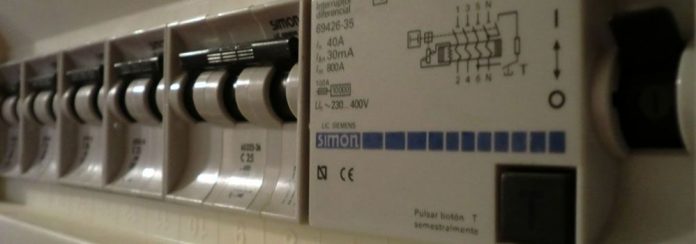
Concepts and basic principles to carry out a domestic electrical installation.
Our friend CiberNarco provides us with all the information about the domestic electrical installation, which he has taken from his study notes and from the internet.
Tips
As in any DIY job, to avoid accidents, we must ALWAYS take safety measures into account.
To carry out the installation of any electrical mechanism in total safety conditions, it is necessary to take the following precautions:
- Cut off the power supply by turning off the main switch.
- Respect current regulations contained in the RBT. In case of doubt, consult an authorized installer.
- Always use approved tools and products.
Cables
.
The color of the cable insulation allows easy identification. Rigid cables are used, although it is advisable to use flexible cables because they handle better.
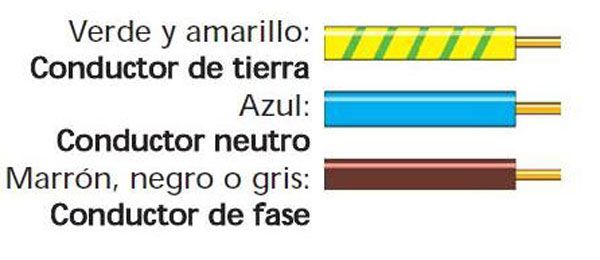
…
Sections
All current outlets are connected to the phase, neutral and earth conductor.
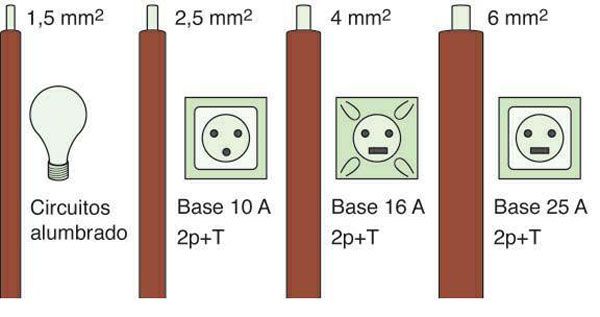
Current regulations require connecting the ground cable to all circuits, including the lighting circuit.
.
tubes
Flexible tubes are the most recommended for homes. Its diameter depends on the number and sections of the conductors that must accommodate.
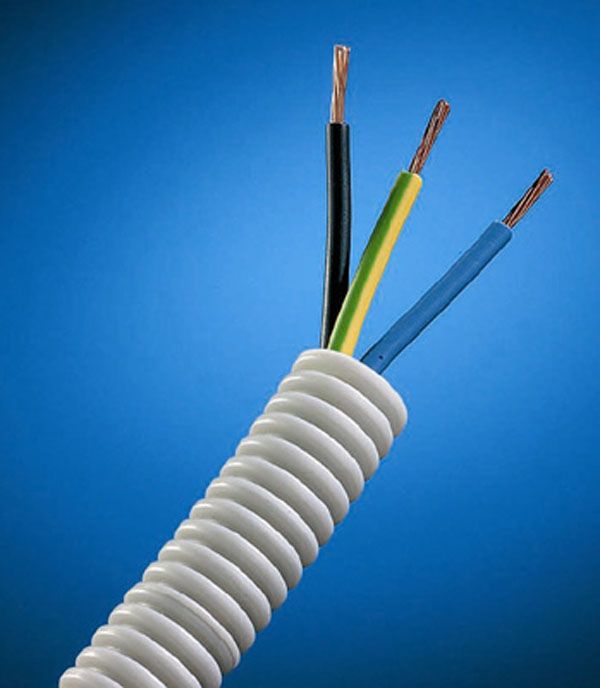
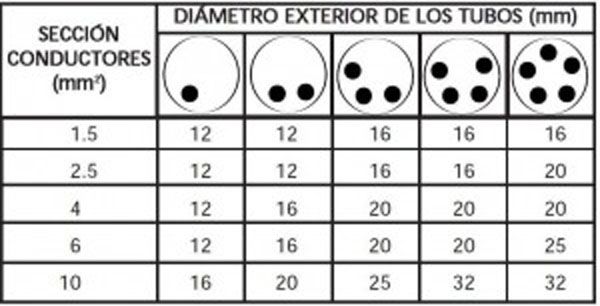
To facilitate the passage of the cables through the tubes, a guide can be used, knotting the cables at one of its ends.

It is advisable to place the tubes embedded in the walls in horizontal routes at a maximum of 50 cm from the floor and the ceiling. As for the vertical tubes, they should not be separated by more than 20 cm from the corner angles.
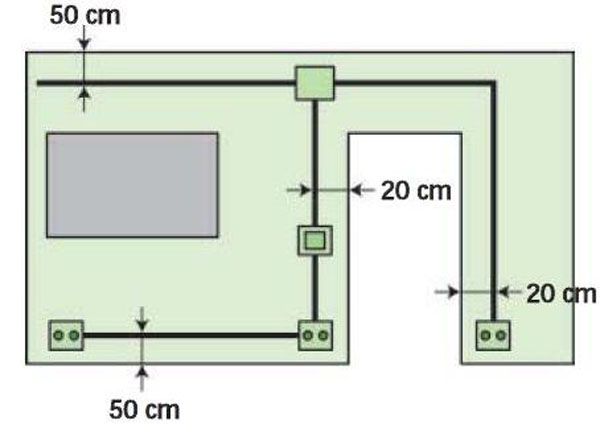
These maximum safety distances are intended to ensure that the pipes do not interfere with other pipes. This also avoids possible inconveniences when drilling holes in the walls.
.
Boxes
The boxes are used to house the mechanisms (switches, telephone and television sockets, plugs, buttons, etc.). The mechanisms are placed inside the boxes and fixed with screws or staples that hold them by pressure. To allow the passage of the tubes, the mechanism boxes are perforated on the sides or on the back.
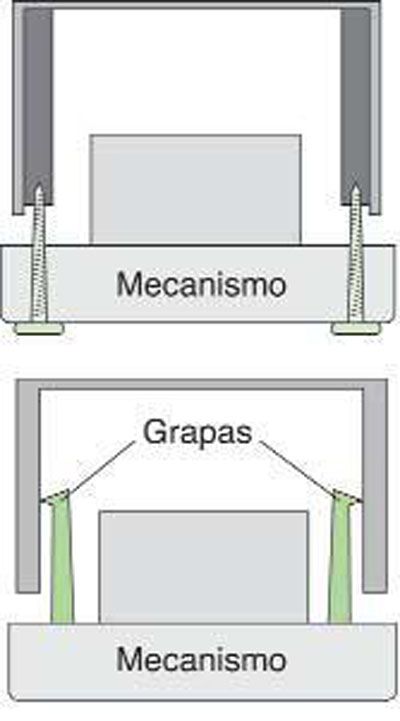
.
junction boxes
The junction boxes are also drilled to allow the pipes to pass through and are always placed 30 to 50 cm from the ceiling. The size of the box is decided based on the number of tubes that reach it.
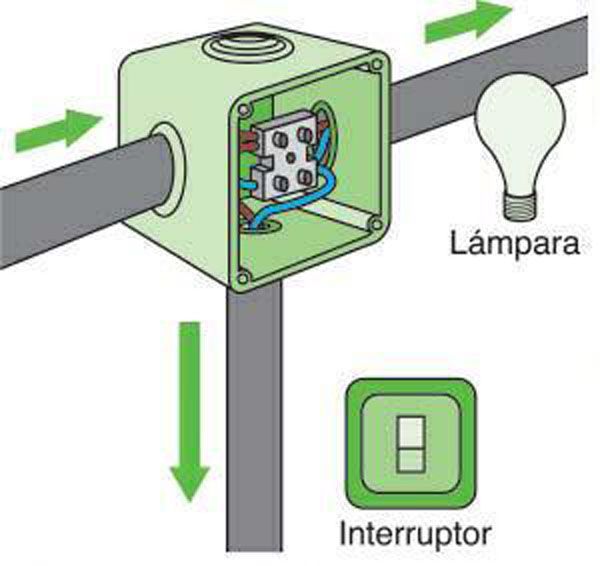
The splices inside the boxes are made using connection strips or terminal blocks.
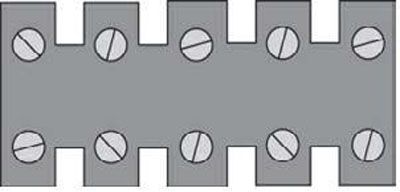
.
mechanisms
The placement height of the mechanisms differs depending on the room in question and the type of mechanism. The following table shows the recommended distances from the ground:

.
Facility
Trace the exact position of the box and the route of the tube on the wall, taking into account the recommended distances.
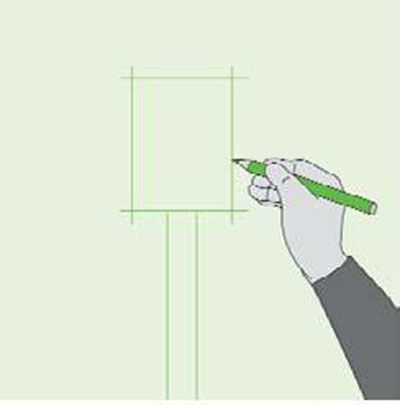
With the hammer and the chisel, the wall is chipped to prepare the groove for the box and the groove for the tube.
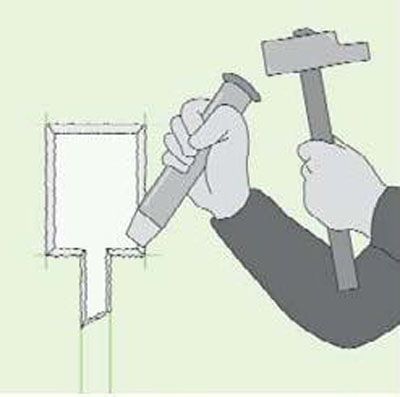
Present the box in the cajeado and the tube in the clearing.
With the help of flanges or nails, hold the tube so that it does not move from its position.
Insert the cables with the guide, trying to leave enough cable length for later connection to the mechanism.
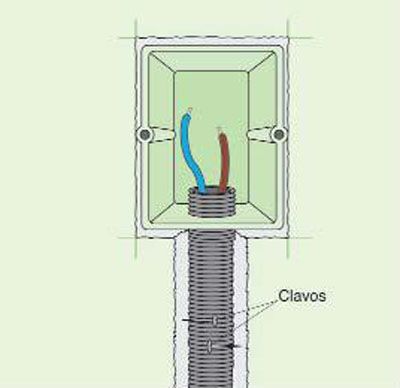
Receive the chase and the mechanism box with a trowel and some construction plaster. Once the installation is finished, it will be necessary to give a layer of white plaster and the necessary coats of paint to match the wall.
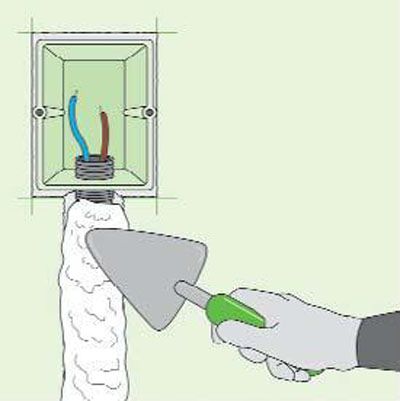
Once the cables have been stripped, connect them to the terminals of the mechanism. To finish the installation, place the mechanism inside the box, fixing it with the screws or clips of the mechanism itself.
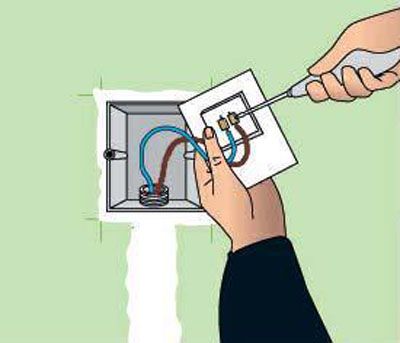
.
Bathrooms
In bathrooms, special care must be taken when making an electrical installation, distinguishing between the volumes of prohibition and protection.
- Prohibition volume: this is the name given to the space in the bathroom in which there cannot be any electrical installation.
- Protection volume: inside this space only lighting fixtures with special protection (class II) can be installed, without switches or power outlets. As for electric radiators, they must be equipped with a 30 mA differential protection.
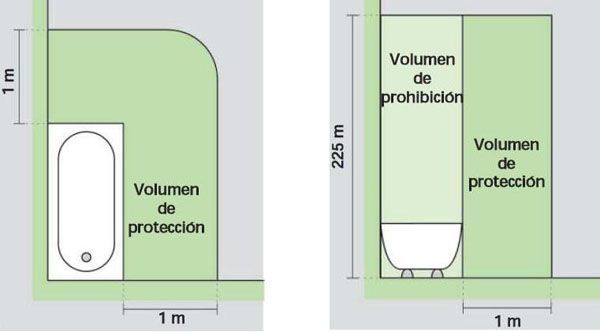
The water heater or thermos must always be installed outside the prohibited volume. The connection of this device must be made by means of a bipolar switch.
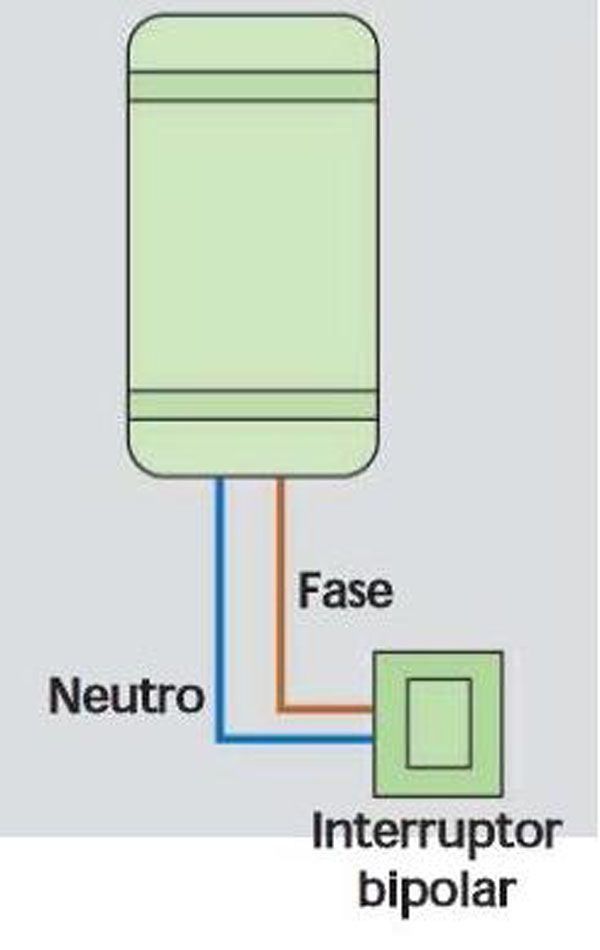
.
Circuits
The simple circuit allows you to turn on a light point by means of a switch.
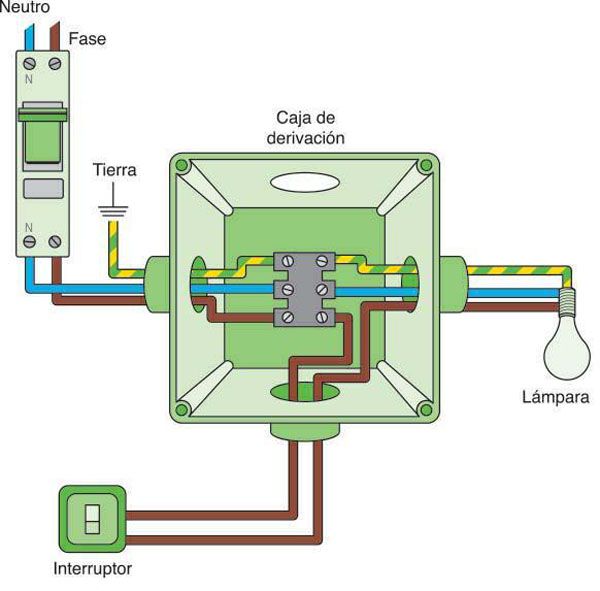
- For the connections inside the junction box, standard terminal strips or clamps must be used.
- The switch is always connected to the phase conductor.
With a switched circuit, the same light point can be turned on independently from two switches.
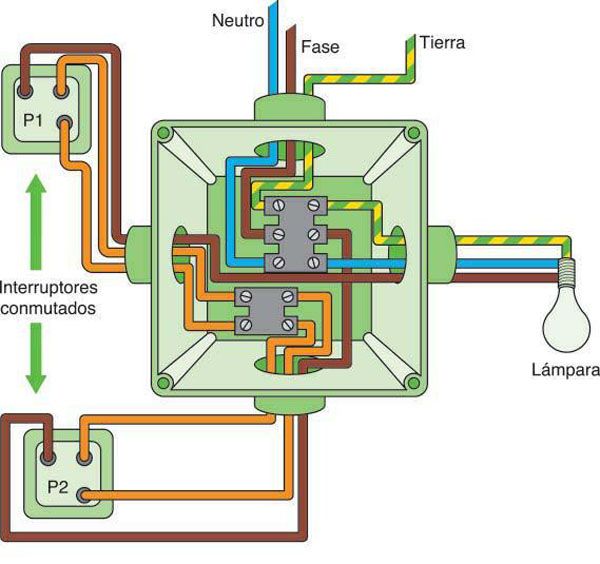
- The phase conductor is connected to the common connector of one of the switches (P1), while the common connector of the other switch (P2) is connected directly to the light point.
- The orange color in this cable indicates that it can be put in any color and thus take advantage of the excess cable.
socket connection
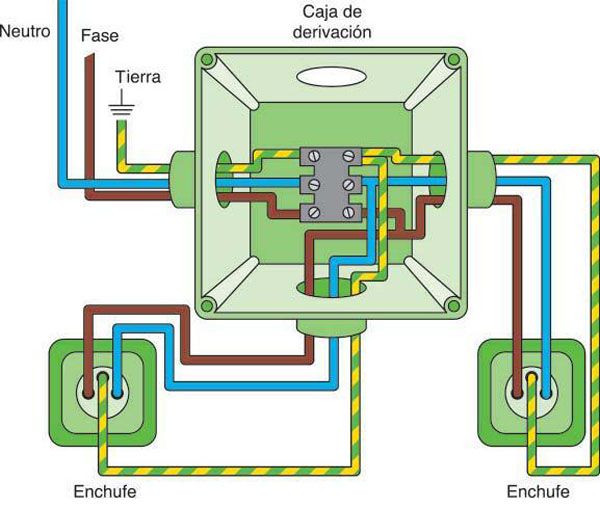
Source: Taringa – Cybernarco
.
You may be interested in seeing other related articles:
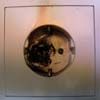
socket base replacement |
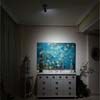
Advantages of LED lighting |
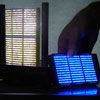
Do you know the luminous paper? |

Clean electricity production |
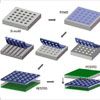
Plastic materials that generate electricity |
.



